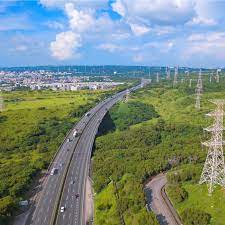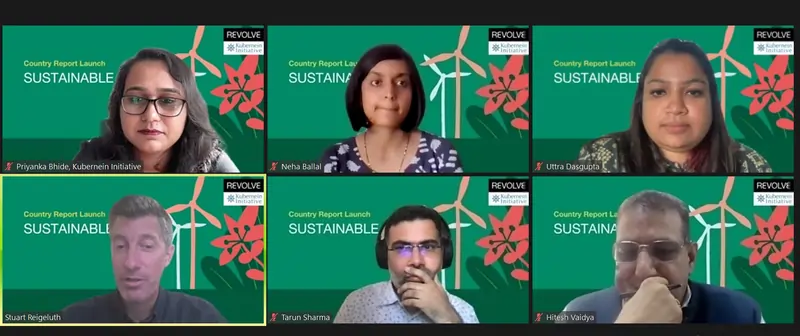Priyanka Bhide
Co-founder and Director of Kubernein Initiative
India has made several important commitments, such as the Nationally Determined Contributions (NDC) on climate change and the Bonn Challenge, to protect, conserve and promote forests. Yet the struggle to balance biodiversity priorities with those related to economic progress and growth persists. Achieving this fine balance while also dealing with the exigency of climate change is a challenge, however, it also provides a unique opportunity to integrate urban forests in city development plans.
Urban forests include the various patches of green in urban areas: parks and public gardens, greenery along streets and residential areas, river ecosystems, wetlands, as well as green belts in sur-rounding areas that also have an impact on these spaces. Better integrating these into the urban environment, especially at the planning level of tier 2 cities and upcoming urban areas, could be the game changer for India in meeting its national and international targets.
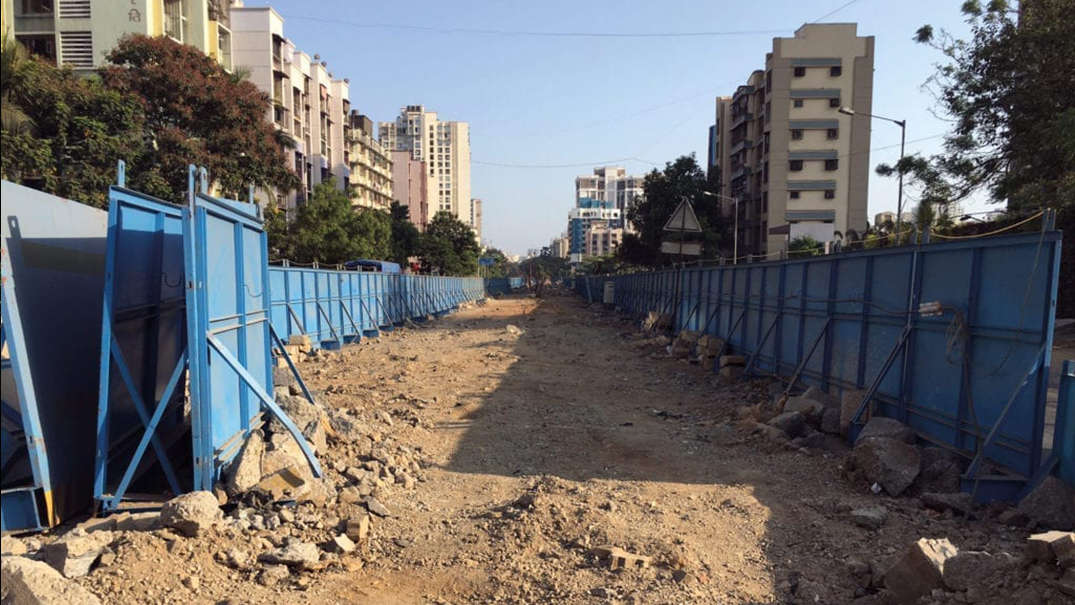 Construction work on the Mumbai Metro Project. Photo: Mihir Samel
Construction work on the Mumbai Metro Project. Photo: Mihir Samel
While forests play a critical part in the delicate balance of ecosystems, urban forests also provide much needed respite to citizens, and a space for communities to come together. Trees have been proven to help reduce the impact of carbon emissions and con-tribute to climate change mitigation. A fully grown tree can absorb up to 150 kg of CO2 per year, and intercept over 15,000 liters of water per year, thereby reducing the risk of floods. Clearing out trees in large numbers for infrastructure development not only destroys the natural habitats of wildlife, but can also impact temperatures. Trees can cool the air from between 2°C and 8°C, and as such are vital to cool increasingly concretized urban structures. It is important to remember that trees are a part of a larger forest ecosystem, which work together while balancing the needs of our planet. In relation to urban planning, where the felling of trees in one area is often compensated with the planting of saplings in another, we must consider viewing ecosystems with a wider lens in the approach going forward.
India’s urban planning
To keep up with increasing urbanization, cities in India have had to ramp up urban infrastructure rapidly, often at the cost of urban green spaces. According to the U.N. World Urbanization Prospects 2018 report, around 34% of India’s population already lives in urban areas. The city of Mumbai, India’s commercial capital, lost 22.6% of its green coverage in the decade spanning 2001-2011 primarily due to a spurt of residential and commercial development in the suburbs. The Mumbai metro project, that has come under fire from activists for large scale felling of tree cover, gives hope to the city of over 21 million people, many of whom commute to work daily in overcrowded trains (over 8 million commuters traveling on around 2,800 trains per day) and overcrowded roads (vehicle density of 28,380 per 100,000 population). In order to build the above ground metro, many trees have had to be cut down. The most significant protests by activists in 2019 against the proposed felling of trees were at Aarey milk colony, an area with over 500,000 trees, leading to the relocation of a planned train depot. The change in plans however, some say, may cost over $500 million. In such situations, more planning at the project development stage could have minimized the damage.
Nagar Van Udyan Program
THE NAGAR VAN UDYAN PROGRAM AIMS AT DEVELOPING 200 NAGAR VAN (CITY FORESTS) ACROSS INDIA BY REACHING OUT AND ENGAGING LOCAL COMMUNITIES, EDUCATIONAL INSTI-TUTIONS AND OTHER ORGANIZATIONS. ONCE ESTABLISHED, THESE FORESTS WILL BE RUN AND MAINTAINED BY THE STATE GOVERNMENT. AS PART OF THE SCHEME, SMALL NURSERIES WILL ALSO BE CREATED IN SCHOOLS, HELPING TO ENGAGE STUDENTS.
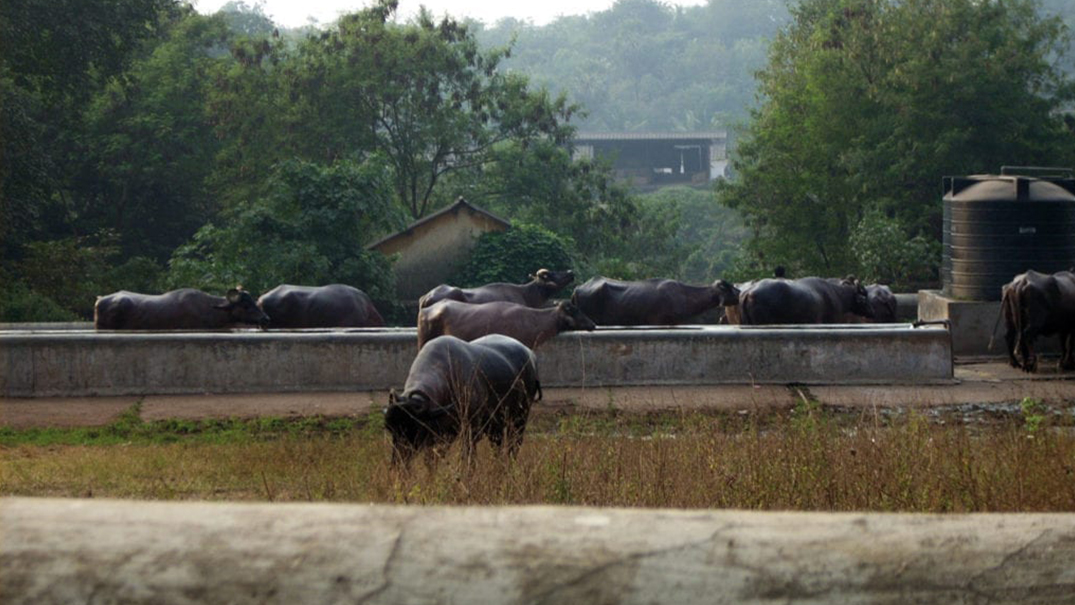 Buffaloes Grazing in Aarey Milk Colony, Mumbai, Where the construction of a train depot had been planned. The depot was relocated due to significant protests. Photo: Sanferd Rodrigues
Buffaloes Grazing in Aarey Milk Colony, Mumbai, Where the construction of a train depot had been planned. The depot was relocated due to significant protests. Photo: Sanferd Rodrigues
Going green
Integrating urban greening in any devel-opment plans will be essential if India is to meet the NDC target of creating an additional carbon sink of 2.5 to 3 billion tons of CO2 equivalent. This is to be achieved through additional forest and tree cover in India by 2030. Government actions signal an acknowledgment of the importance of forests. In 2014 the Town and Country Planning Organization of the Government of India’s Ministry of Urban Development released a set of Urban Greening Guidelines. These recognize the need for green spaces to be planned, designed, developed and managed. In his keynote speech at GIZ India’s Green Cluster confer-ence on ‘The Future of India’s Forests’, Siddantha Das, Director General and Special Secretary at MOEFCC, lists three objectives of forest management in India: conservation of resources; pro-tecting the forest as a carbon sink; and ensuring the livelihoods of the people.
Despite the challenge ahead, there have already been success stories in India. The south Indian city of Auroville, based on a master design by the French architect Roger Anger, has a 2.5 km wide green belt around the city zone that reduces the severe effects of cli-mate change. Chandigarh, another city planned by the architect and urban planner Le Corbusier, has an 8 km long linear park ‘Leisure Valley’ that runs along the city’s center, in addition to green areas in every neighborhood sec-tor. Even today, after several decades of growth and expansion, Chandigarh’s green areas continue to grow; the city has around 1,807 municipal parks and 41% tree coverage. There is also still an opportunity for greening strategies to be considered in the smaller, tier two metros, that are not yet in the stage of rapid growth, and such planning may be possible.
Urban Forest Garden Project, Pune
AS PART OF ITS URBAN AFFORESTATION PROGRAM, THE UNION GOVERNMENT HAS ESTABLISHED THE URBAN FOREST GARDEN PROJECT IN PUNE. THE AIM IS TO INCREASE THE TREE COVERAGE AROUND CITIES IN ATTEMPT TO COUN-TERACT THE HAZARDOUS EFFECTS OF RAPID URBANIZATION. THE PROJECT BROUGHT TOGETHER VOLUNTEERS – FROM NGOS TO SCHOOL CHILDREN – FROM ACROSS SOCIETY TO COME TOGETHER AND PLANT TREES.
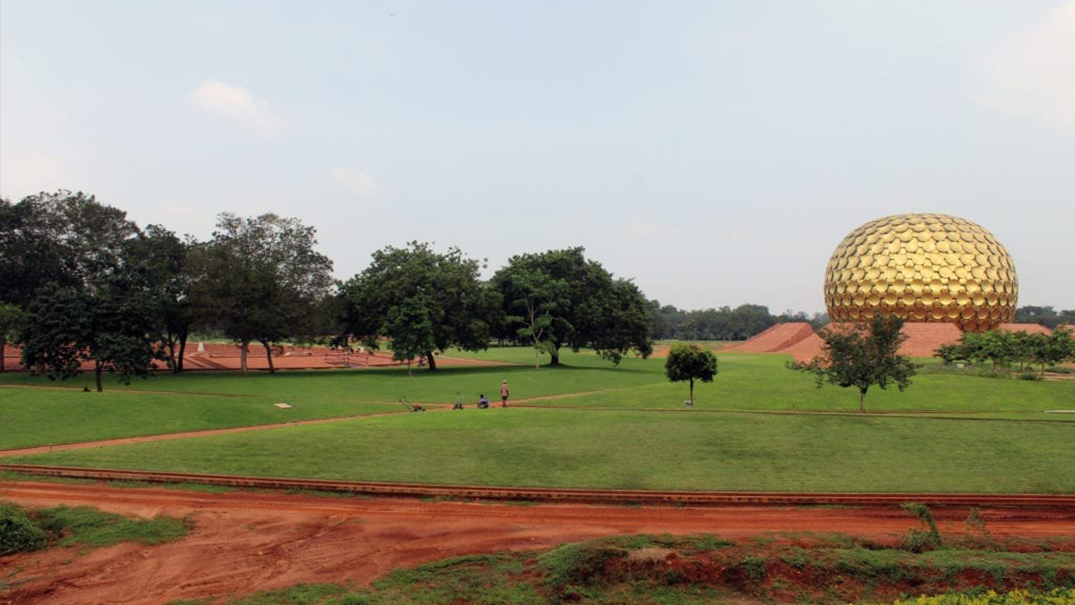 Panoramic view from Matrimamdir view point in Auroville, Pondicherry. Photo: Piyush Pujari
Panoramic view from Matrimamdir view point in Auroville, Pondicherry. Photo: Piyush Pujari
Increasing the reach of forests
In an encouraging development, on World Environment Day 2020, the Union Environment Minister, Shri Prakash Javadekar announced the implementation of the Nagar Van Scheme, through which over the next five years 200 urban forests are to be developed across the country. This is in addition to the existing National Afforestation Program and Integrated Development of Wildlife Habitats. The targets will be achieved through a Public Private Partnership (PPP) model, involving local communities, local bodies, civil society, and the private sector, as well as the concerned government departments. There is still a need to integrate the ongoing efforts into a larger campaign around urban forests, setting targets like those that were successfully met for sanitation through the National Swacch Bharat campaign. Such a campaign must also consider a wider perspective on urban forests to also include other areas of ecological concern, such as wetlands. For India, the adoption of initiatives such as Nagar Van by both state and city actors will be a deciding factor in how rapidly it can move towards reaching its greening goals.
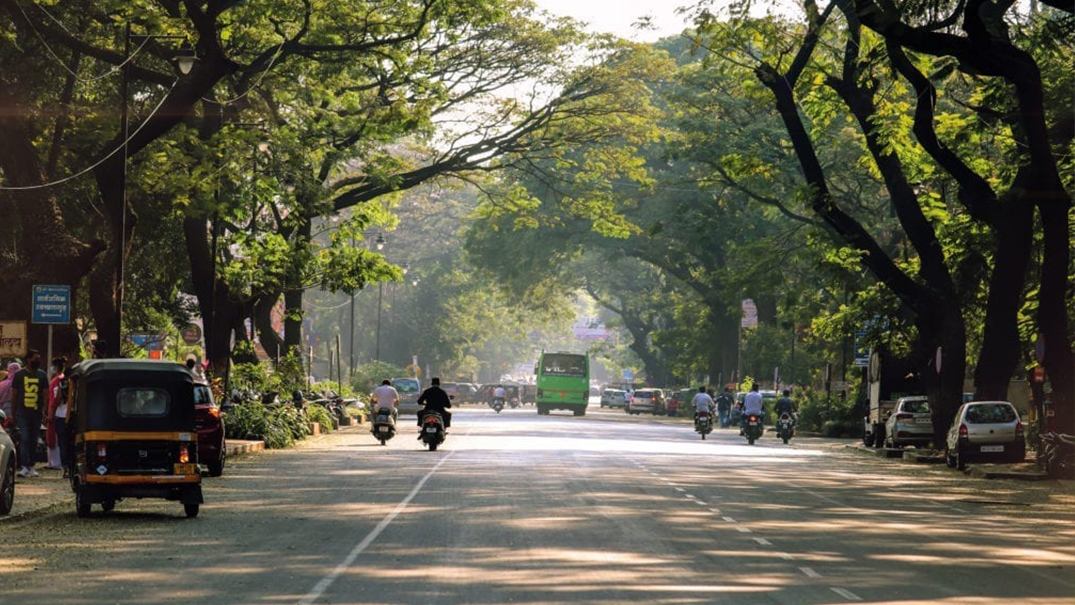 Pune, Maharashtra, Iindia. Photo: Onkar Gotale
Pune, Maharashtra, Iindia. Photo: Onkar Gotale
This article first appeared in REVOLVE Media in April 2021.

